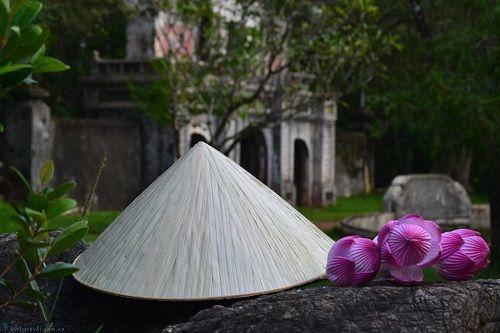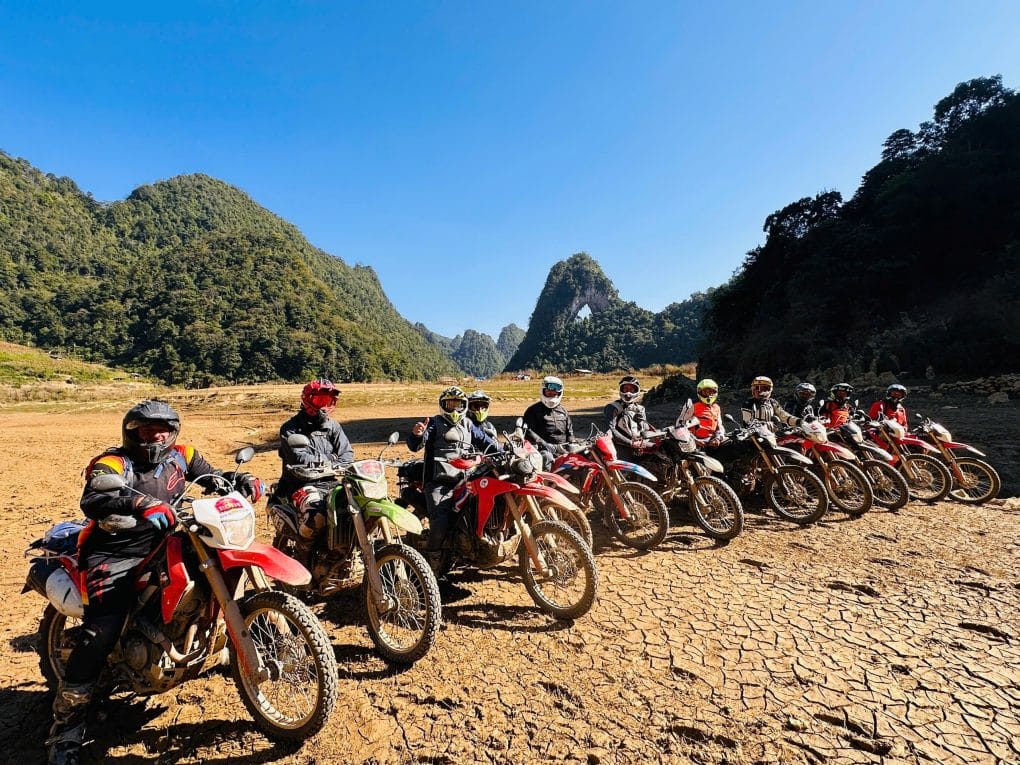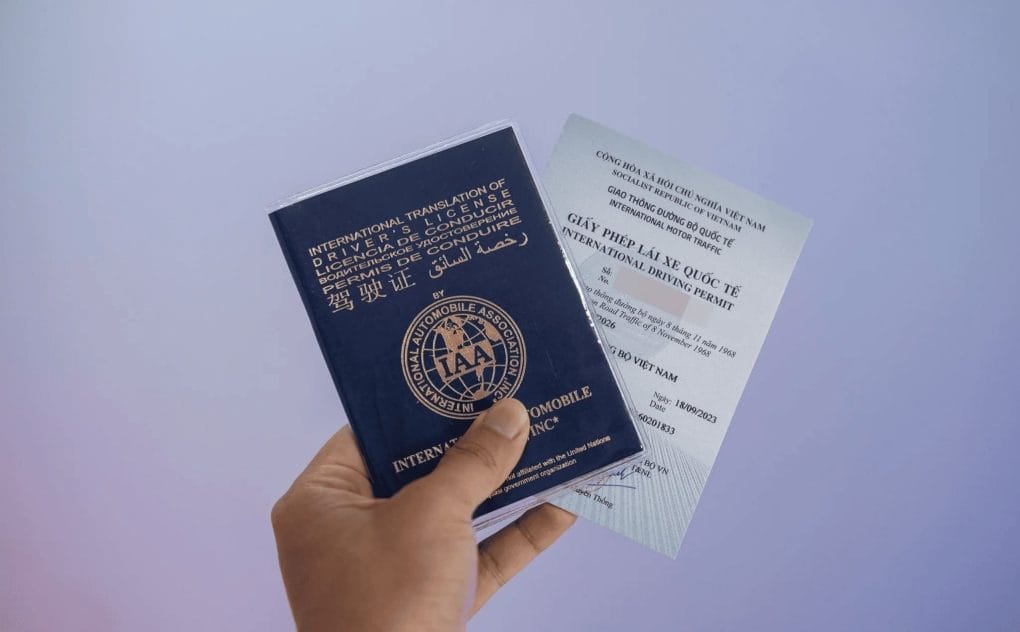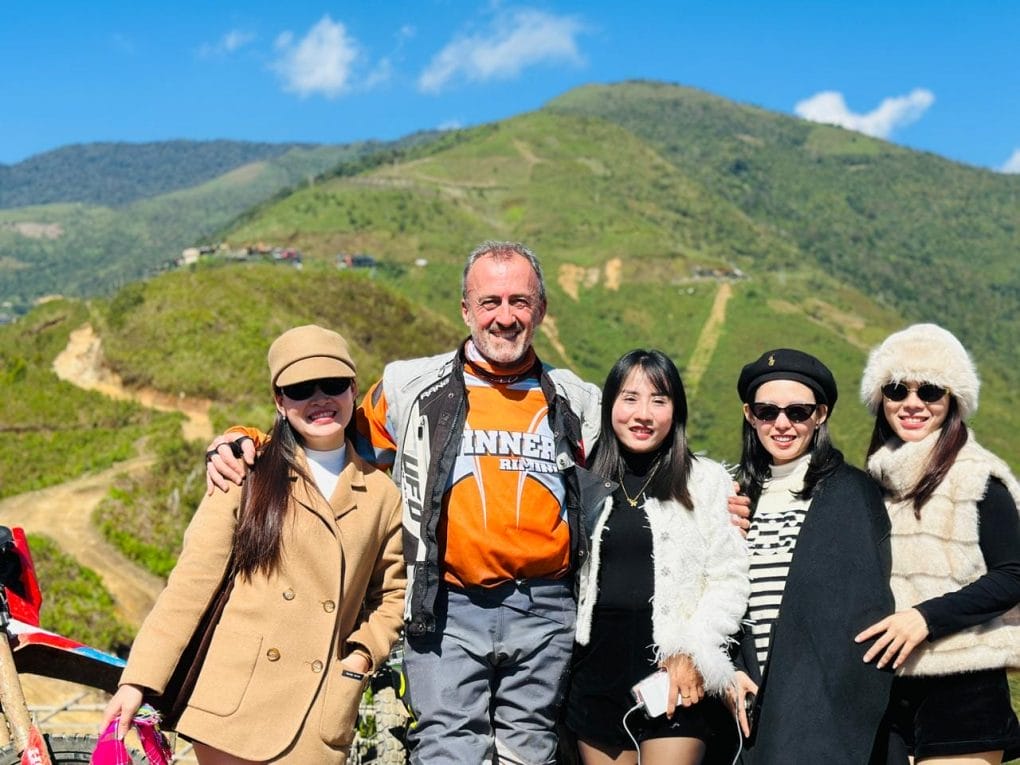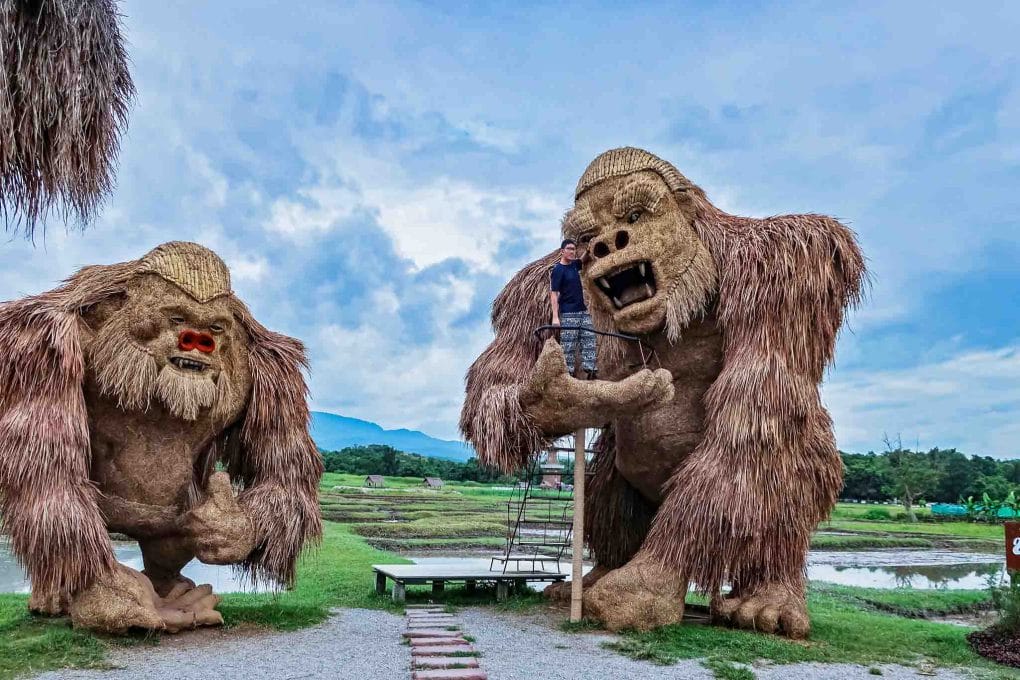Vietnam History Museum is located near the Municipal Theater and Hoan Kiem Lake in downtown Hanoi. The museum preserves a large number of valuable artifacts from various historical periods.
The exhibits are clearly displayed on two floors covering an area of more than 2,000 m2. The first section contains relics from prehistoric times discovered at different sites throughout the country. These items date back mainly from the Paleolithic and the Neolithic Ages.
Over the past 40-plus years the Museum has served as one of the important cultural and historical arms of the Ministry of Culture and Information. Through tens of thousands of selected showpieces, which are displayed in a chronological order, from ancient to modern time, it systematically introduces the visitors to the history of national construction and defence of the Vietnamese people. The space for display is divided into tens parts.
The 1st part displays relics from ancient times to the bronze age, prior to the period of national construction. Among the relics are human teeth, fossil animals, and stone tools and weapons, such as axes and knives, which were found in Do mountain in Thanh Hoa Province and in Tham Hai cave in Lang Son Province. These relics date from 30-40 thousand years ago, proving that Vietnam is one of the cradles of early humans.
The 2nd part introduces the initial period of national construction and defence. On display are many rare and precious exhibits, with the most typical being the Bronze Drums of Ngoc Lu, Hoang Ha, Mieu Mon and Co Loa, which are called Dong Son Drums. These drums, considered the most beautiful and ancient (according to He-go classification), were found in greater numbers than in other Asian countries.
The 3rd part introduces the first ten centuries B.C (from the 1st to the 10th century). Apart from the showpieces, which reflect the Vietnamese people’s struggle for independence and self-control against the northern forces’ plot of assimilation and enslavement, there are collections of ceramic, porcelain and woven cloth articles, which proves that the Vietnamese people had acquired the quintessence of other cultures to enrich their own culture.
The 4th part introduces the process of building an independent feudal system in the Dinh (968-980) and anterior Le (980-1009) dynasties. Typical showpieces include vestiges of the ancient capital of Hoa Lu, old cultural stele and majestic art works.
The 5th part introduces the Ly-Tran dynasties (1010-1400). This is a flourishing time of the civilization of the Great Viet, and the renaissance of the nation after more than one thousand years of struggle against the domination of the northern invaders. The exhibits reflect some great battles against the Song and Yuan aggressors.
The 6th and 7th parts introduce the Le – Mac dynasty (1427-1788), a long period of feudal history. Through the relics and vestiges of the ancient capital of Lam Kinh in Thanh Hoa Province, such as seals, stamps, stele, selections of ceramic wares and festival costumes, visitors can see the military, socio-economic and cultural achievements of the Vietnamese people.
The 8th part introduces the Tay Son period (1778-1802), especially national hero Quang Trung – Nguyen Hue, who was the most outstanding leader of the insurrection by Tay Son peasants. The movement of supporting the Le dynasty and opposing the Trinh dynasty, and the insurrection which wiped out the Qing enemy in 1789, leading to national liberation, are also introduced.
The 9th part introduces the Nguyen dynasty (1802-1945), the last Vietnamese feudal regime. There are a lot of exhibits on the Nguyen kings and achievements in the fields of law, literature and history, which were influenced by the Occidental culture.
The last part introduces the anti-French movement and the August Revolution in 1945. On display are photographs of patriotic scholars, such as Phan Dinh Phung, Hoang Hoa Tham and Nguyen Huu Huan. Worthy of note are the photographs and showpieces, which reflect the cause of Nguyen Ai Quoc (President Ho Chi Minh) for national salvation and a new state. Among them is a photo of Ba Dinh Square on September 2nd, 1945, where President Ho Chi Minh read the Independence Declaration, bringing about the birth of the Democratic Republic of Vietnam.
In addition, the Museum of History presents 50 stone-engraved specimens including statues and bas-reliefs to introduce the art and culture of the Cham Pa ethnic group from the 7th to the 13th centuries. The art and cultures of several Asian countries including China, Japan and Thailand are also introduced.
The Vietnam Museum of History is a worthy national museum and a centre for the introduction and research of the history of Vietnam. Each year it receives tens of thousands of visitors, domestic and foreign.
Subscribe
Login
0 Comments
Oldest




